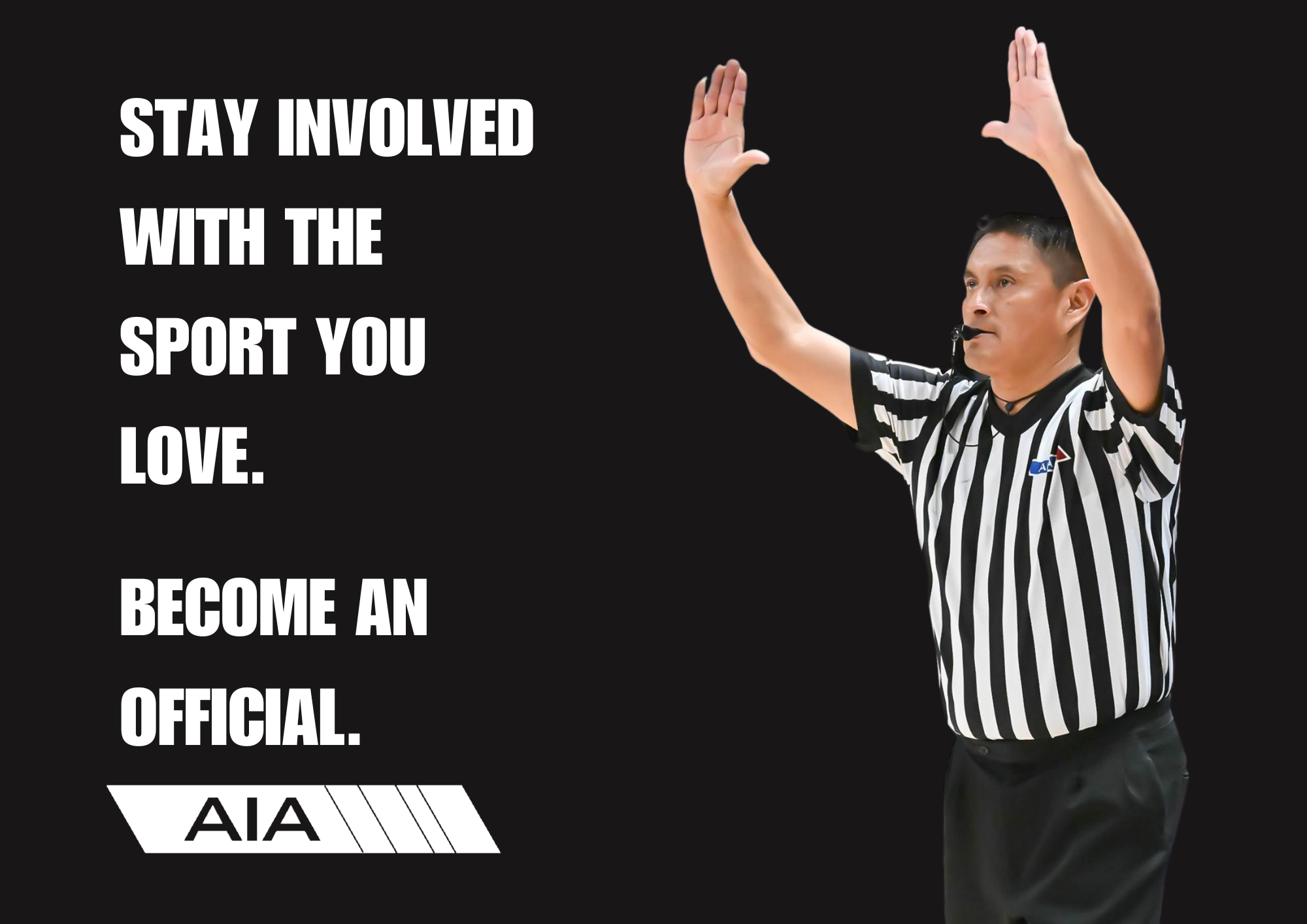Board delays division placement for a month
October 21, 2014 by Jose Garcia, AZPreps365
The Arizona Interscholastic Association's executive board opted to delay the initial division placement of schools for the next scheduling block for one month so that schools can start an important conversation about how they are assigned to each division.
Currently, only the enrollment figures of each school determine where they will be placed. The long-standing belief is that schools with high enrollments are capable of stocking, for example, their football rosters to the brim, so they are placed in the big school divisions (Division I and II).
But some big schools are annually dressing only about the same amount of players as some teams in the lower divisions. To address that issue and create a more competitive and safer landscape, the AIA proposed Monday using roster participation figures instead of enrollment to decide where schools are assigned.
“This is doable,” Valley Christian athletic director/boys basketball coach Greg Haagsma said.
If the AIA’s board approves the measure, which would only apply to football, then the AIA would test the new rule for a year before a final decision is rendered.
Participation numbers is just one tool that schools can use for division placement, however.
The AIA already talked to Mesa high school principals about the possibility of using socio economic variables such as free or reduced lunch programs to help group programs with similar challenges in the same division.
“The dialogue that we were trying to create today is if the enrollment number isn’t working maybe this (participation numbers) can start the dialogue,” said Chuck Schmidt, the AIA’s associate executive director.
“Nobody is saying that this has to happen or its an end all be all. The bottom line is that participation actually reflects how many kids are playing as opposed to having 3,700 kids or 3,000 kids and you have only 100 (total) kids playing football (in freshmen, junior varsity, varsity levels).”
During the next month, the AIA’s board members will meet with their constituents to gather feedback on the proposal.
During that span, the AIA will send a survey to schools requesting the number of football players participating in each grade at their schools.
“If we are not getting those numbers, then that’s a whole different issue isn’t it,” said Schmidt to a reporter who asked what if accurate participation numbers aren’t turned in. “If the integrity of a school and somebody lying about it, now we are talking about something absolutely different, which I hope an athletic administrator wouldn’t lie.”
Another proposal, going to five divisions, particularly in basketball, also is something the board discussed at length during Monday’s monthly board meeting.
The AIA’s board members also are planning to delve into this topic with the schools they represent before voting on the proposal. The agenda for Monday’s board meeting was 23 pages long.
So here are some of other important decisions the board made:
For the first time in the AIA’s history, the board unanimously granted a school’s request to allow a transgender student to participate in AIA sanctioned athletic events.
The board didn’t announce the name of the student or the school the student attends. The request to allow the student to play was made about two months ago, when the AIA created a process to review this case.
A subcommittee comprised of medical officials, AIA legal staff and AIA staff members made the recommendation to allow the transgender athlete to compete, which the board approved toward the end of Monday’s board meeting.
---The board placed Marana Mountain View’s football program on probation for one year for violating the recruiting bylaw. The team is ineligible to compete is this year’s playoffs, but can compete in the postseason next year if it qualifies.
The corrective actions the program made after the board ruled last month that Mountain View recruited players was insufficient, according to the board and Dr. Harold Slemmer, the AIA’s executive director. But the hardship appeals of three Mountain View players, who hadn’t played this season, were approved.
Those players can suit up for this Friday’s game.
---Williams Field’s four forfeits for playing two ineligible football players were rescinded.
Williams Field’s corrective action was very focused and indeed addressed the eligibility issue of the players, Schmidt said.
---The Great Hearts Academies’ proposal to combine six of their schools into three separate sports programs was denied.
The board wasn’t pleased that the administrators of Great Hearts didn’t tell their parents about their plan to combine their sports programs until recently. When the board unanimously voted no on the proposal, a large group of Great Hearts parents sitting in the back of the board room applauded.
---The board placed Gilbert’s football program on advisement because Gilbert’s football coach received money from “a source other than his district” for his services.
Gilbert’s football booster club paid its football coaches to run an offseason clinic for Gilbert players.
---The AIA posted videos on aia365.com that show the importance of strengthening neck muscles to help reduce the risk of suffering concussions.
Gary Galante, Brophy’s defensive coordinator, is the instructor in the videos.
---The board also approved to allow the Division III and IV state softball championship games to be moved from Rose Mofford Sports Complex to Arizona State.
----The Deer Valley football case isn’t over yet and won’t be until all legal matters are resolved, Schmidt said. A couple of former Deer Valley administrators are appealing the dismissal of a lawsuit they filed against the AIA.
Until that is settled, the AIA’s board won’t vote on whether to punish Deer Valley for allegedly recruiting football players.


